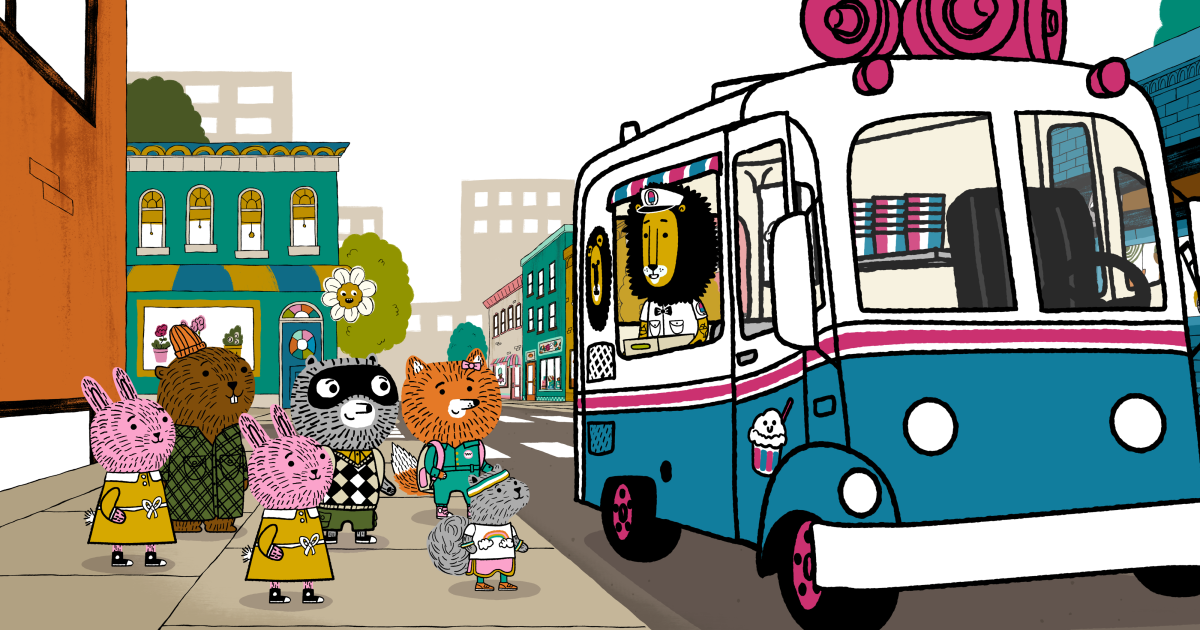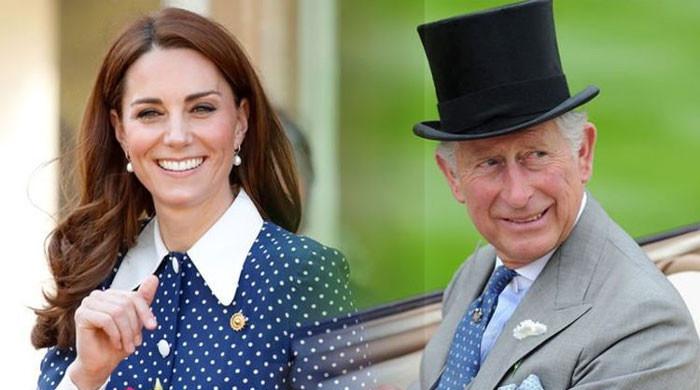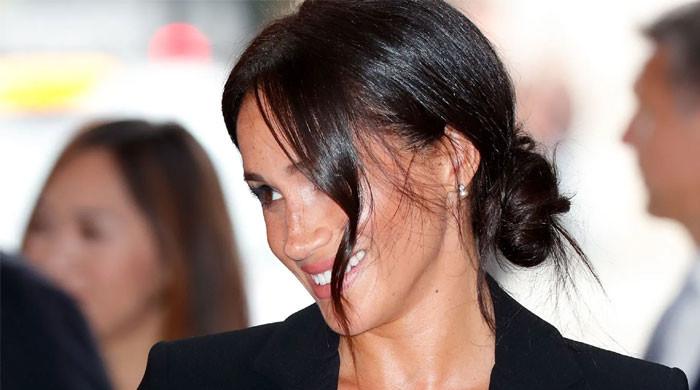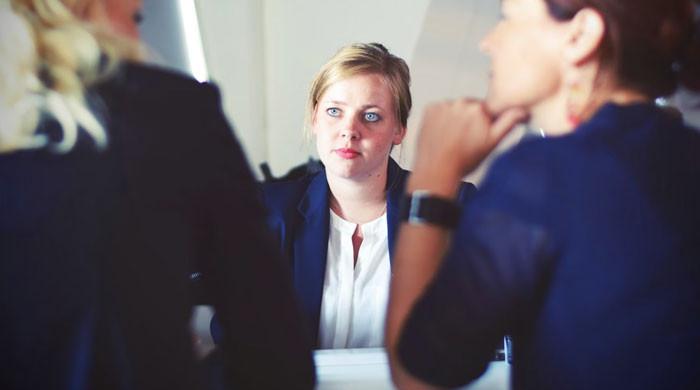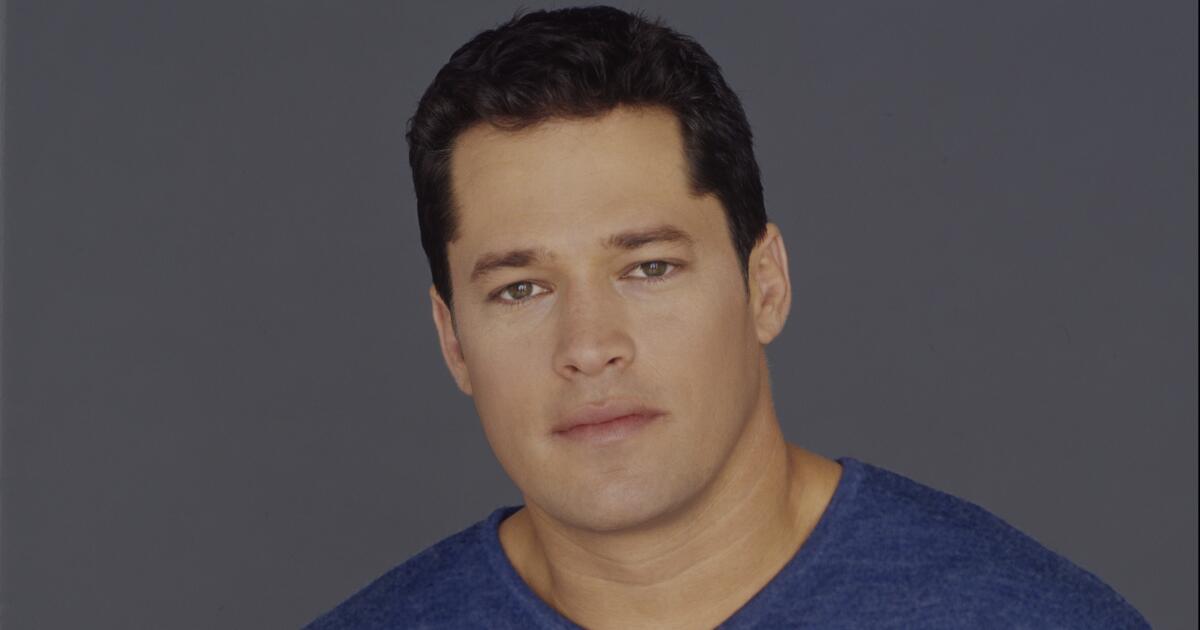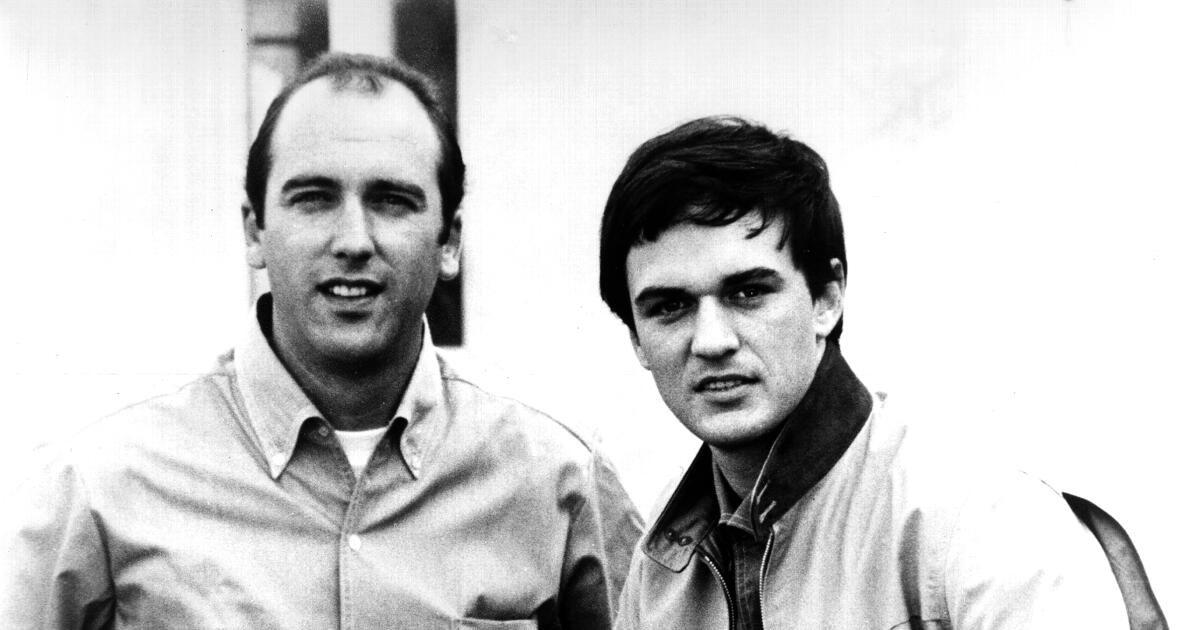On Thursday, PBS premieres its new children's show, “Carl the Collector.” Like many television shows aimed at ages 10 and younger, “Carl” features adorable animated animals who work together to solve problems and learn valuable life lessons. Carl, a friendly raccoon who loves to collect things, lives in a fictional world called Fuzzytown with his friends, including twin rabbits, a helpful beaver, a secretive fox, and an energetic squirrel.
As we've come to expect from PBS children's programming, the series is funny, sweet, educational and heartwarming. But “Carl the Collector” is also innovative because Carl is autistic. This is the first time PBS Kids has focused a series on a neurodiverse character. It was created by children's book author Zachariah OHora, who says the inspiration came from observing his own children and their interactions with their peers.
“All children, regardless of what their needs are, have equal access to teachers, social time in the classroom, and support for whatever they need,” she says, noting that her children attend an inclusion school. “I realized that my children just didn't differentiate. It was a moment of enlightenment for me. That's how it should be. “More exposure to the full spectrum of humanity.”
Carl is a friendly raccoon who loves to collect things and lives in Fuzzytown.
(Fuzzytown Productions, LLC)
Sara DeWitt, senior vice president and general manager of PBS Kids, says the public broadcaster strives to make its programs both mirrors and windows. For autistic children, Carl can be a mirror, a character they can see in themselves. For neurotypical children, it can be a window to better understand their peers.
To ensure authenticity, the series, from Fuzzytown Productions and Spiffy Pictures, involved neurodiverse people at all levels of production, from actors to writers to show consultants. Like Carl, series advisor Stephen Shore, a professor at Adelphi University, is autistic, and when he watched the first episode of the series, he couldn't believe how much he had in common with Carl, including their mutual love of the sweater. rhombuses. vests.
“Zach didn't know I existed when he started writing 'Carl the Collector,'” he says. “So I think that speaks to Zach doing the research to authentically portray an autistic child.”
Shore says she combines her personal experience as an autistic person with her practical experience working with autistic people. The result is program moments such as Carl's stimming (moving his fingers or flapping his arms) or the accuracy of his speech.
For director Lisa Whittick, whose son is autistic, the show is deeply personal.
“I've worked in animation for 20 years and I never thought I'd have the opportunity to work on a show that a community I'm part of has been wanting and needing for so long,” he says. “We could have diagnosed our son much earlier if we had any clues, because he was 12 when he was diagnosed. At the time I didn't know much about autism and it was a very scary and stressful time for us and also for him. “This program will go a long way toward alleviating that fear.”

PBS KIDS, Carl and his friends in “Carl the Collector.”
(Copyright Fuzzytown Productions, LLC)
Carl is voiced by Kai Barham, who has autism and makes his acting debut in this series. Since it was important to the production that the character have the voice of an autistic child, Whittick reached out to the Grandview Children's Center support group in Ontario, Canada, a community she is a part of, and posted an open call to audition. . Like his animated alter ego, Barham collects things like Squishmallows (he has a raccoon one when he talks to The Times) and rock (Whittick brings him a special one every time he comes to record). “I think any autistic person will be happy to be represented,” she says.
While everyone involved in the series believes that it is a personal choice to reveal or not reveal an autism diagnosis, after much discussion, it was decided that it was important for Carl to tell his friends (and the audience) that he is autistic. “I thought there should be an episode where [viewers] “You learn that there may be some reasons why Carl might be acting a little different than some of the other characters you've met from your kids' TV shows or from your own real-life friends,” says writer Ava Xiao -Lin Rigelhaupt.
That desire resulted in “The Fall,” which will be part of the first batch of episodes to be released digitally on Thursday and air on PBS on November 21. In the episode, Nico, Carl's friend, falls and Carl does not have the Nico was waiting for the reaction. The story was inspired by something that happened to Rigelhaupt when he was a child. She remembers sitting at the kitchen table doing her homework when her mom fell and Rigelhaupt didn't respond like her mom thought she should. “I saw her fall and, like Carl, I was paralyzed,” she says. “I felt horrible. I remember racking my brain because I didn't know what to do. I often explain that to me autism is like everyone reads this social skills rule book except me, but I'm still expected to take the test. At that moment I felt lost.”

Carl and his mother figure out how he will reveal that he is autistic in a way that is educational to Nico and helps Nico understand it. “Disclosure has to go beyond just saying, 'I'm autistic,'” Shore explains.
Following Shore's saying that if you know one person with autism, you know one person with autism, the show's creators thought it was important to portray how autism manifests itself in different ways. Lotta, a fox, has sensitivity to sound and chooses not to tell her friends that she has autism. “Because autism presents differently in women, they can often use masking techniques to avoid the diagnosis,” explains Ohora. “His experience with autism is totally different from Carl's.”
The show's simple animation and muted color palette are also important. “Animation is simpler and easier to process,” says Shore. “That's one of the reasons why autistic people tend to like animation. “There are so many live-action subtitles that it can easily overwhelm an autistic person.”
Being part of an innovative show may seem heavy, but its ultimate goal is to entertain the young people who watch it.
“Representation is very important. That’s one of the things that makes this really special,” DeWitt says. “But when people hear that, sometimes they think, 'Oh, this is going to be a very serious show.' But it’s a really fun show.”
Ohora says the overall goal is for “everyone to learn, but in the most fun and confusing way possible.”

